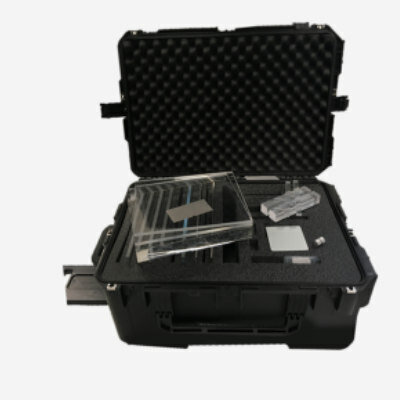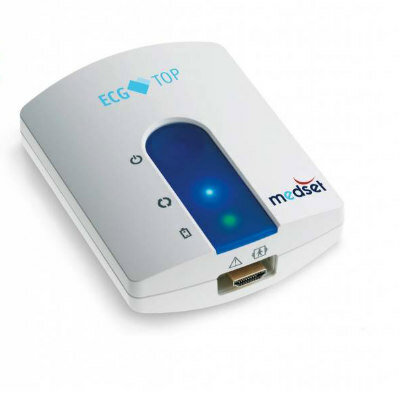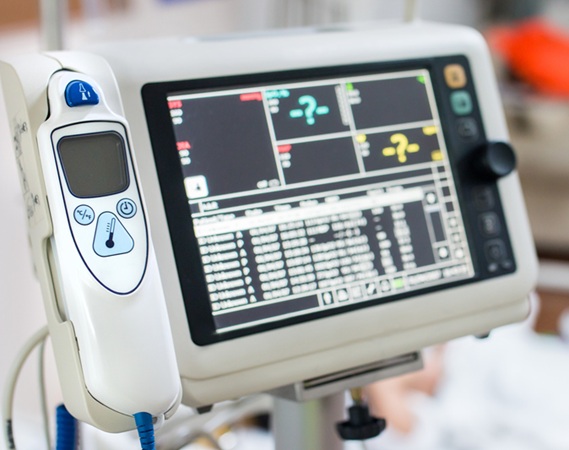Stent Implantation Found Preferable for Previously Untreated Non-Complex Coronary Artery Disease
Posted on 03 Sep 2024
Millions of individuals worldwide undergo percutaneous coronary intervention (PCI) each year, a non-surgical technique to clear blockages in coronary arteries, which supply blood to the heart. Traditionally, coronary artery disease (CAD) is treated using balloon angioplasty, where a deflated balloon on a catheter is guided into a narrowed artery, inflated to open the vessel, and followed by placing a drug-eluting stent (DES) to keep the artery open and reduce the risk of restenosis—the re-narrowing of the artery. While effective, 2% of patients experience in-stent restenosis annually, which can lead to complications due to the stent's permanent presence that can interfere with the artery's natural functions and promote inflammation. This has led to interest in stent-free options like drug-coated balloons (DCB), which have proven as effective as DES in treating small vessel CAD (diameter ≤ 3.0 mm), though questions remain about their long-term efficacy and safety in treating broader coronary artery conditions.
In a surprise finding of the first randomized trial to compare clinical outcomes in previously untreated patients with non-complex disease undergoing PCI, researchers from Xijing Hospital (Xi'an, China) discovered that DCBs did not perform as well as expected against second-generation DES. The RECCAGEFREE I trial, a randomized, non-inferiority trial, enrolled PCI patients with previously untreated, non-complex CAD from 43 sites across China between February 2021 and May 2022. Patients were randomly assigned to either DCB angioplasty with potential rescue stenting (1,133 patients) or to receive a thin-strut sirolimus-eluting stent (1,139 patients). Overall, 9% (106/1,133) of DCB patients required rescue DES placement following unsatisfactory angioplasty results.

At the two-year mark, the primary endpoint—combined rates of cardiac death, target vessel myocardial infarction, and clinically or physiologically necessary target lesion revascularization (Device-Oriented Composite Endpoint [DoCE])—was 6.4% for DCBs and 3.4% for DES, with an absolute risk difference of 3.04%, exceeding the pre-set threshold of 2.68% for non-inferiority. This discrepancy was primarily due to higher rates of revascularization required with DCBs (3.1% vs 1.2%). However, subgroup analysis indicated significant variation in outcomes based on vessel diameter, warranting further research. While DES was preferable for larger vessel disease (diameter > 3.0 mm), in small vessel disease (≤3.0 mm), encompassing over 1,000 patients, DCB and DES showed similar rates of DoCE over two years, highlighting the need for more targeted studies to confirm these findings.
“Drug-coated balloon angioplasty failed to achieve noninferiority compared to standard treatment with second-generation thin strut drug-eluting stents, mainly due to the need for more repeat procedures (revascularization),” said senior author Dr. Ling Tao from Xijing Hospital. “Our results show that the attempted strategy of “leave nothing behind” by using paclitaxel-coated balloons in de novo non-complex coronary artery disease was disproven, and DES implantation should continue to be the standard of care for these patients.”
Related Links:
Xijing Hospital














